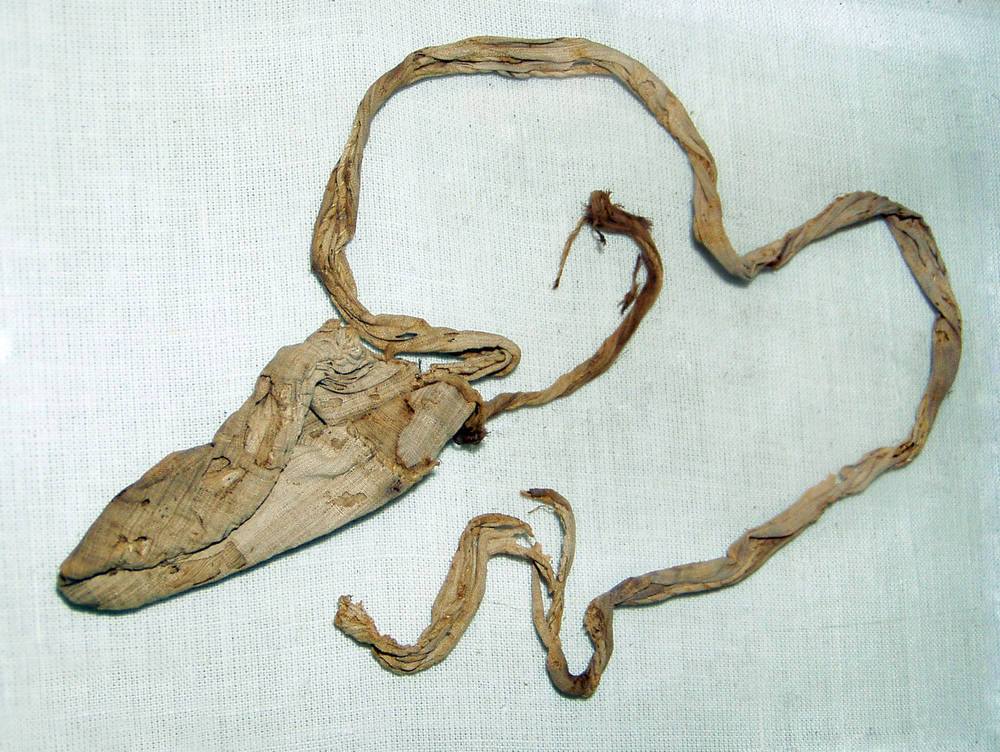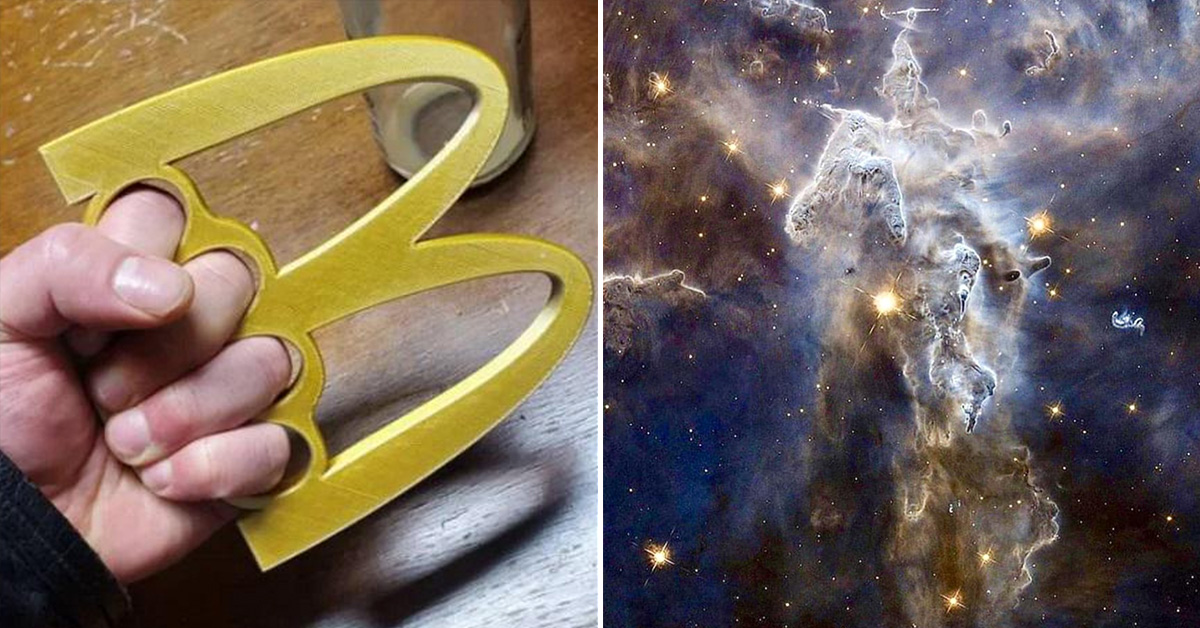Did Archeologists Really Excavate Tutankhamun’s Condom?
Apparently, the Boy King’s preferred prophylactic was an oil-soaked linen loincloth
Published 6 months ago in Wow

British archeologist Howard Carter recalls the moment he first descended into the tomb of the fabled Pharaoh, Tutankhamun, in his journals. After years of searching for any trace of the revered ancient Egyptian leader, Carter and his team of excavators finally struck gold in 1922. “It was sometime before one could see, the hot air escaping causing the candle to flicker,” he writes. As Carter’s eyes became accustomed to the light, he saw a “strange and wonderful medley of extraordinary and beautiful objects heaped upon one another.”
Now, the real question: Was there, amongst those artifacts, an oil-soaked, linen condom?
The treasures of King Tut’s tomb — all 5,000 of them — took a decade to fully excavate. It included a dazzling display of exquisite, beaded robes, elaborate gold jewelry and rare perfumes. Also amidst these riches, some believe there was a ragged-looking loincloth containing traces of his DNA, complete with a dick-sized pouch.

Pretty much every online mention of the condom seems to use the exact same wording, traced back to Ancient Origins, a “pop archeology site combining scientific research with alternative perspectives.” Alongside an image of the proto-prophylactic, the text from the site describes it as “a sheath made of fine linen, soaked in olive oil and attached to a string that would have tied around his waist.”
The image is credited to Egypt Museum, a “virtual collection of ancient Egyptian art, culture and history,” but their 2018 post about the condom describes it as “the first condom in the world, made of cow leather,” with no mention of King Tut.
Inconsistencies are common in writings about the Boy King. What we do know for sure is that he ascended to the throne at just nine years old, meaning the ancient kingdom of Egypt was essentially under the rule of a tween. Tutankhamun’s life was also tragically cut short; he died in his late teen years. We know as well that King Tut was sexually active, as there were two tiny mini-mummies in his tomb, later found to be fetuses. Still, though, no mention of a condom.
Naturally, the sensational story of the Boy King has been shrouded in mythology. For a while, there were rumors that Tutankhamun’s tomb was cursed. This is primarily because the old English guy who paid Carter to excavate his remains — George Edward Stanhope Molyneux Herbert, the fifth Earl of Carnarvon — died just five months after the tomb’s opening. According to an article published in The Lancet, the Earl was a pretty sickly guy, prone to severe lung infections after a car crash in 1903 almost left him dead. It’s thought that he died from an infected mosquito bite, but the timing wasn’t great. And so, there was immediate speculation that he had been cursed — a kind of “fuck you” from the afterlife for digging up King Tut’s tomb.
All that said, there is evidence that ancient Egyptians used makeshift devices to wrap their junk before sex as an early form of disease prevention. In a 2013 article published in the Indian Journal of Urology, researchers describe the use of “linen sheaths, specifically to prevent tropical diseases like bilharzia.” Apparently, “Egyptian men wore colored sheaths to distinguish social status within their complex hierarchy,” which is kind of an ancient equivalent of guys today who swear they need an XL rubber. This wasn’t just protection. It was a status symbol.
There’s no proof, however, that such proto-prophylactics were linked to King Tut, or that they were discovered in his tomb. A Smithsonian Magazine long-read informed by Carter’s journals details “kilts and sandals; gilded couches with the heads of strange beasts [and] exquisitely painted ornamental caskets.” But no mention of a scrappy linen loincloth that held the Boy King’s true crown jewels.



